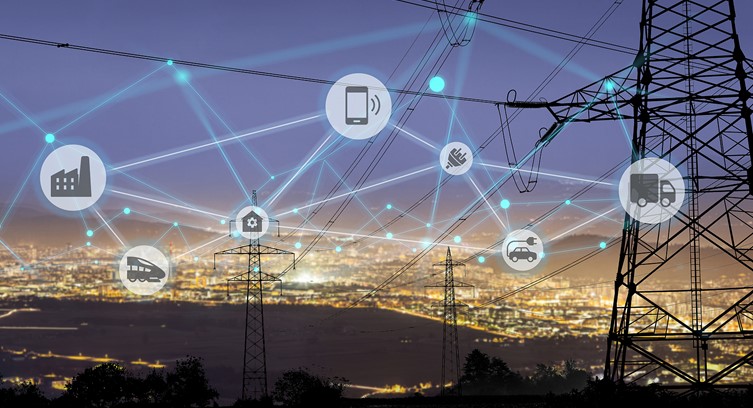Nokia announced that it has been selected by PGE, Poland's largest power grid operator, to deploy a country-wide critical backhaul network. Utilizing IP/MPLS technology, this network will provide foundational connectivity for its private wireless infrastructure for critical communications of all power grid companies operating in Poland.
The IP/MPLS network is expected to bring numerous benefits to PGE and other Polish power grid operators, including increased network capacity, reduced latency, and enhanced security features. It will continue to serve as the network platform for emerging and future grid applications as PGE continues its digital journey.
As the deployment progresses, Nokia and PGE look forward to achieving new milestones in the digital transformation of critical infrastructure. The collaboration is poised to set a benchmark for the integration of cutting-edge telecommunications solutions in the energy sector, ensuring a secure and efficient power grid for the country.
Dirk Lewandowski, Vice President Central and East Europe, Nokia Enterprise
We are honored to collaborate with PGE on this transformative project. Nokia's IP/MPLS technology is at the forefront of innovation, offering a reliable and scalable solution that aligns seamlessly with PGE's vision for a modernized and efficient communication network. Our experience with numerous power grid operators worldwide shows that IP/MPLS is a well-established standard for Operational Telecommunication (OT) and critical communication networks. We look forward to supporting PGE in achieving its strategic objectives and contributing to the success of Poland's power grid infrastructure.
Wojciech Dąbrowski, President of the Management Board, PGE Polska Grupa Energetyczna
The LTE450 network is one of the key elements in PGE's building of a modern energy industry. A reliable and secure communications network combined with network metering will provide a constant, real-time picture of the operation of the energy distribution network. This will allow an immediate response to incidents occurring in the network and reduce the time it takes to detect and remove failures. a digitalisation, of which the LTE network is an essential element, will speed up customer service and enable new services to be offered to customers.






















